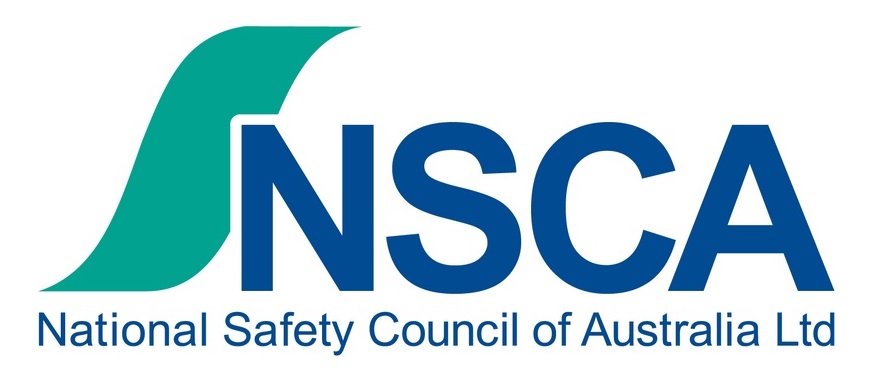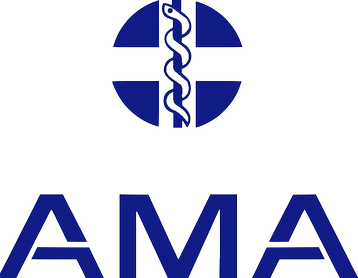Health monitoring isn’t just a regulatory requirement; it’s a commitment to the well-being and prosperity of the workforce, fostering a culture of safety and responsibility in the workplace.
In the industrial landscape, health monitoring plays a pivotal role in ensuring the well-being of employees exposed to hazardous substances. This educational guide delves into the intricacies of health monitoring in the workplace, emphasizing the importance of safeguarding employees against exposure to substances listed in Schedule 9 of the OHS Regulations. This guide aims to assist employers in understanding their responsibilities and implementing necessary measures to create a safe working environment.
Many studies report increased risk of lung cancer in welders or other workers exposed to welding fume. The International Association for Research on Cancer (IARC) conclude that all welding fume can cause lung cancer and may cause kidney cancer, classifying all welding fume as Group 1 carcinogenic substances.






Employers are obligated to monitor the health of employees exposed to substances like inorganic compounds of cadmium, chromium, and lead, commonly found in welding fumes. If exposure is reasonably likely to have an adverse effect on the employee’s health, health monitoring becomes imperative.
Employers must consult medical practitioners or occupational physicians to devise suitable health monitoring procedures. SafeWork Australia provides valuable guidance on health monitoring specific to various compounds, aiding employers in ensuring comprehensive health assessments for their workforce.
Employers must adhere to the Occupational Health and Safety (OHS) Act, providing a safe work environment by eliminating or reducing risks associated with hazardous substances. This includes regular atmospheric and health monitoring, ensuring exposure standards are not exceeded, and maintaining proper records of monitoring results.
Control measures, according to the hierarchy of control, range from elimination and substitution to engineering, administrative controls, and personal protective equipment (PPE). Employers must diligently follow these measures to mitigate risks effectively.
Regular atmospheric monitoring is crucial, helping employers assess the concentration of hazardous substances in the workplace air. This data informs decisions on appropriate control measures, ensuring employees’ safety.
Employers are responsible for the proper installation, use, and maintenance of control measures. Regular reviews are essential to guarantee the continued effectiveness of these measures in safeguarding employee health.
Manufacturers and suppliers of welding products are obliged to provide safety data sheets (SDSs) upon request. Although these materials might not be classified as hazardous under regulations, welding fumes pose health risks. Employers should obtain detailed information about welding products to predict fume composition and concentration, aiding in the implementation of appropriate control measures.
Welding processes are common across many industries, including construction and manufacturing. Workers who are exposed to welding fumes can develop occupational lung diseases including lung cancer.